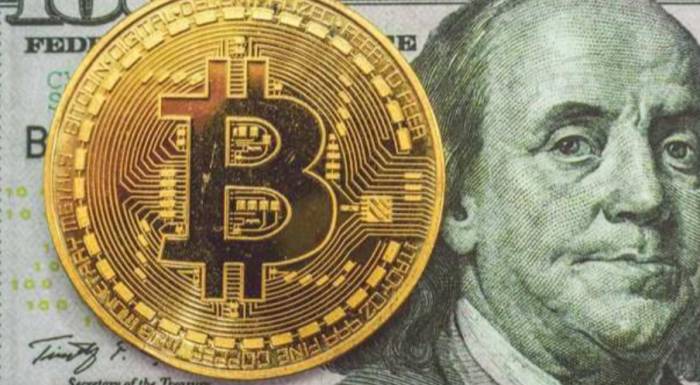"US Accelerates Balance Sheet Reduction, Prepares for 75 Basis Point Rate Hike"
Under the dual impact of high inflation and U.S. interest rate hikes, Pakistan is facing an unprecedented disaster.
As the Federal Reserve is expected to raise interest rates significantly in September, this could be an additional blow to Pakistan, which is already grappling with dwindling foreign exchange reserves.
01 Floods
According to the latest data, over the past few months, floods in Pakistan have claimed the lives of tens of thousands of people. In addition to the loss of human lives, the floods have also caused severe economic losses in Pakistan.
Roads, bridges, and houses in Pakistan have been damaged to varying degrees. To date, a large number of people are still homeless and living in temporary relief shelters.
Pakistan is an agricultural country, and after experiencing several months of heavy rainfall, the floods have caused tens of billions of dollars in losses, and the disaster is still spreading.
Pakistan has a large population, ranking fifth in the world, and agriculture contributes significantly to the economy. The impact of the floods on crops is also a huge blow to the economy.
Advertisement
02 Inflation
Historical data indicates that the food shortage caused by the last flood almost doubled food inflation within two months. Now, the situation is very similar.
After the floods, the prices of agricultural products in Pakistan have risen sharply, exacerbating the inflation situation and prompting further tightening of monetary policy.Residents of Pakistan living in temporary tents have reported that the prices of agricultural products such as onions and tomatoes have increased severalfold, and the supply of oil products, dairy, and meat has also been affected.
According to data released by the Pakistani government on September 1st, the country's consumer price index in August rose by 27.3% year-on-year, with the main cause of high inflation being the rise in the prices of staple foods.
Further surges in inflation may prompt the State Bank of Pakistan to further tighten monetary policy. The country's central bank has already raised the lending rate by 525 basis points this year.
03, US Dollar Interest Rate Hike
Amid severe internal and external challenges, as of the end of July 2022, Pakistan's foreign exchange reserves are on the verge of depletion.
The outbreak of the pandemic has left Pakistan heavily indebted, with existing international reserves unable to cover the foreign debt gap. It now appears that Pakistan has many similarities with Sri Lanka, and it may also follow Sri Lanka's "path to ruin."
Fortunately, Pakistan has completed the International Monetary Fund's (IMF) assessment and can continue to receive their disbursements, which may temporarily alleviate some difficulties.
On the other hand, Pakistan also faces the test of bad news.
The Federal Reserve plans to raise interest rates significantly again in September, possibly by 75 basis points. The interest rate hike has not yet been implemented, but the US Dollar Index has already risen above 110, the highest level in 20 years. At the same time, entering September, the scale of the US's quantitative tightening has increased by 100% compared to the previous months, which is even worse news.
The strength of the US dollar has led to greater depreciation pressure on the currencies of small and medium-sized economies.The debt that Pakistan has undertaken is almost entirely denominated in US dollars, which means that the pressure to repay in the future is increasing, and there is a possibility that Pakistan may have to declare bankruptcy.

From the predicament of this country, we once again see the ambition of the US dollar to harvest the world.